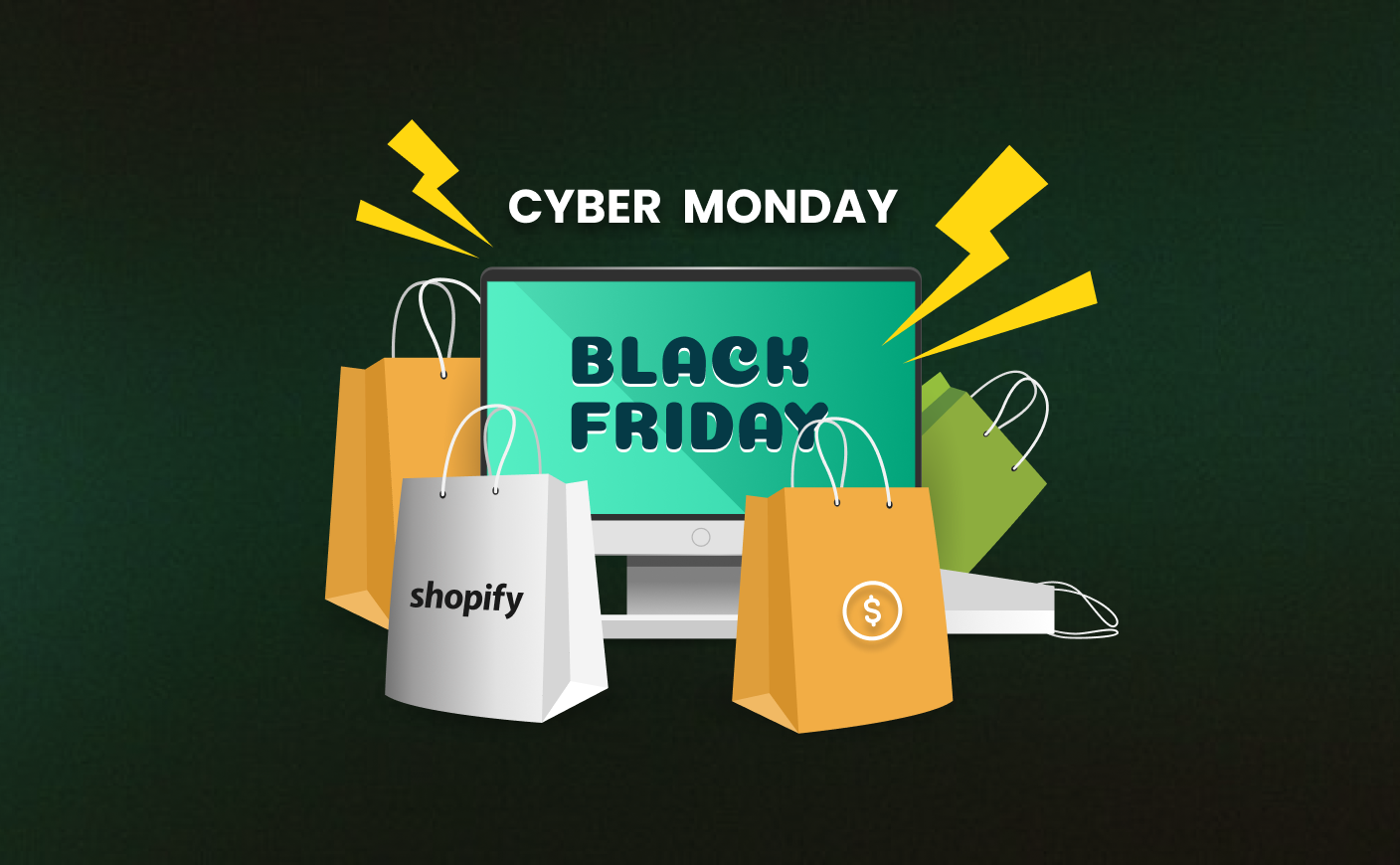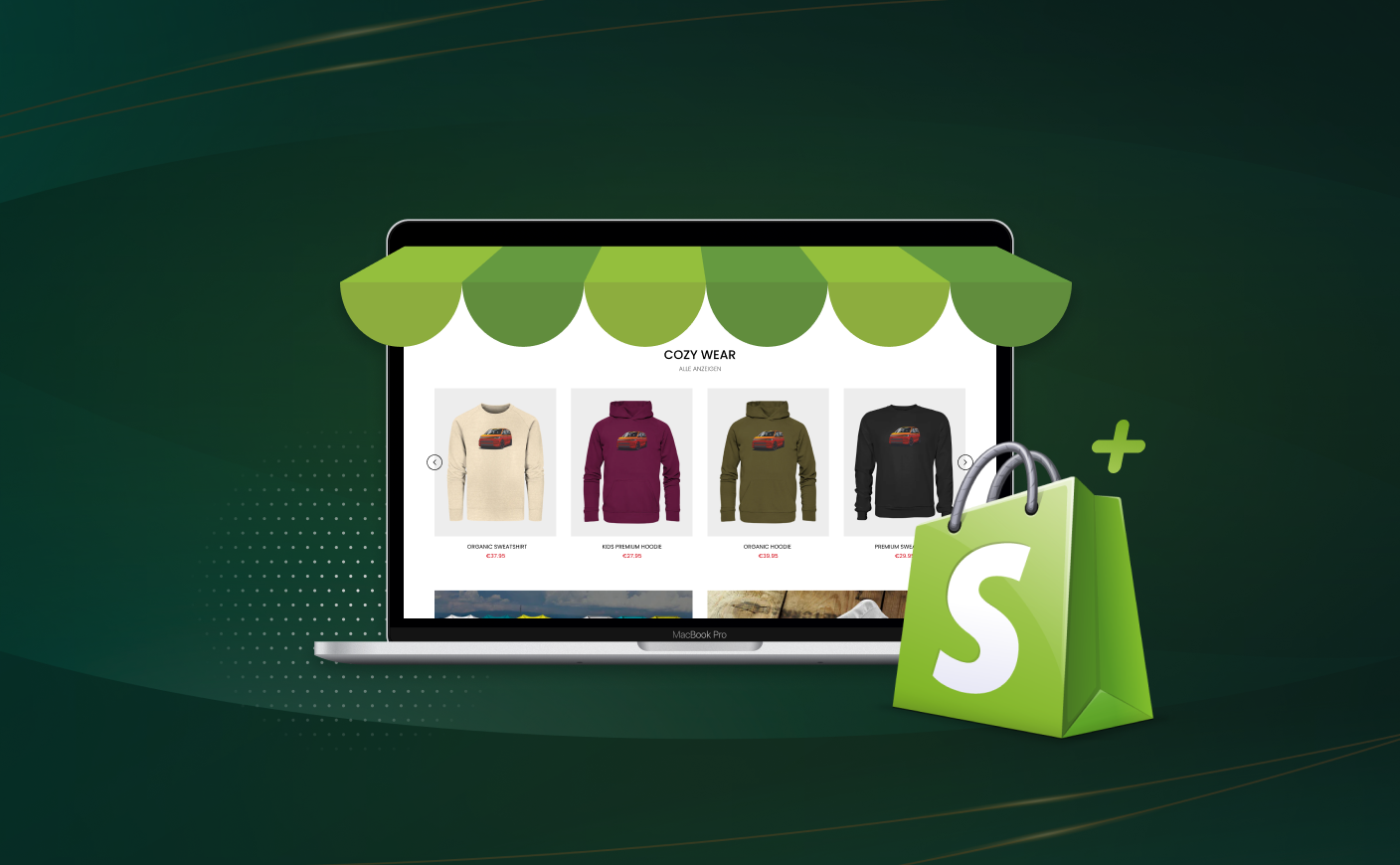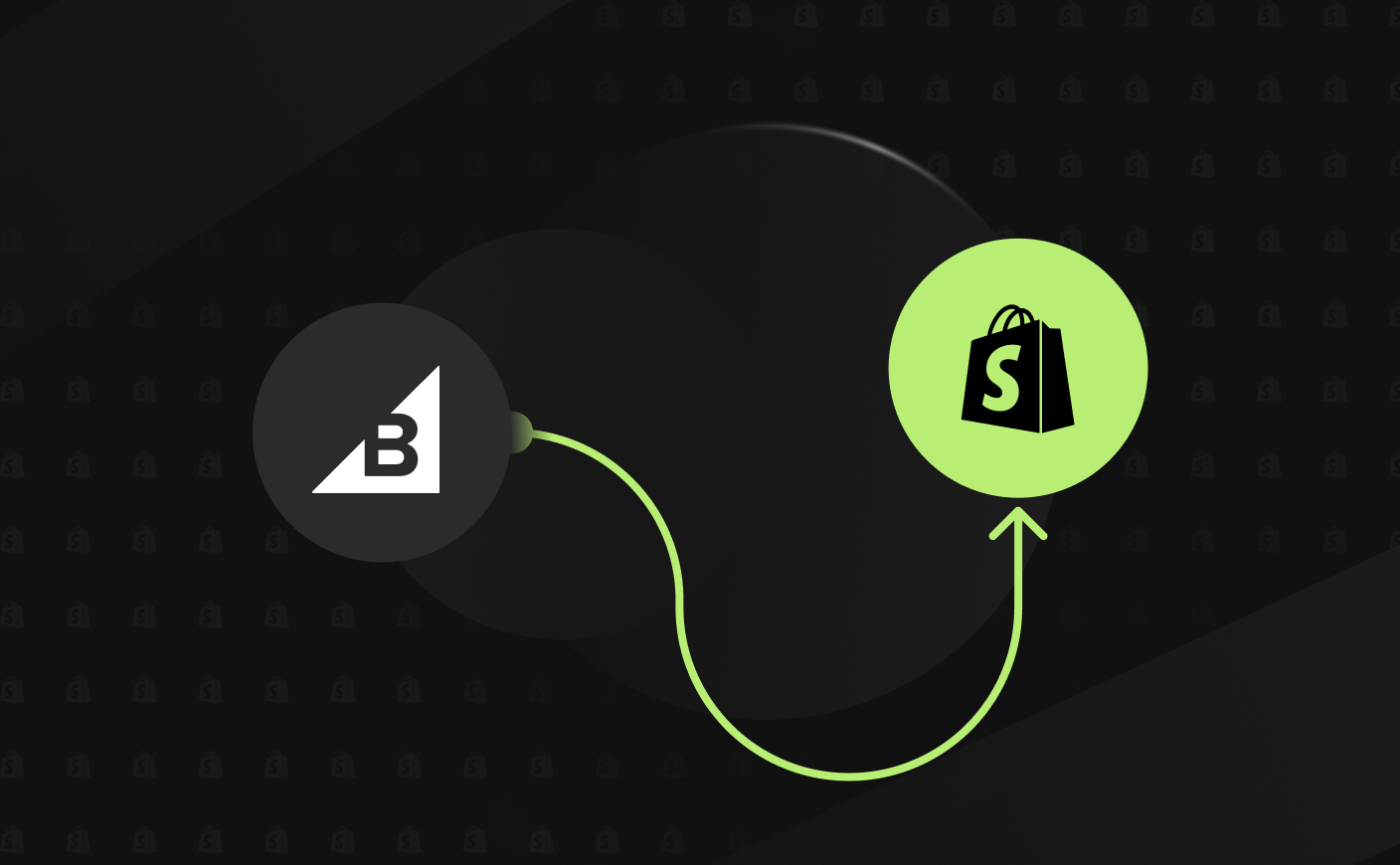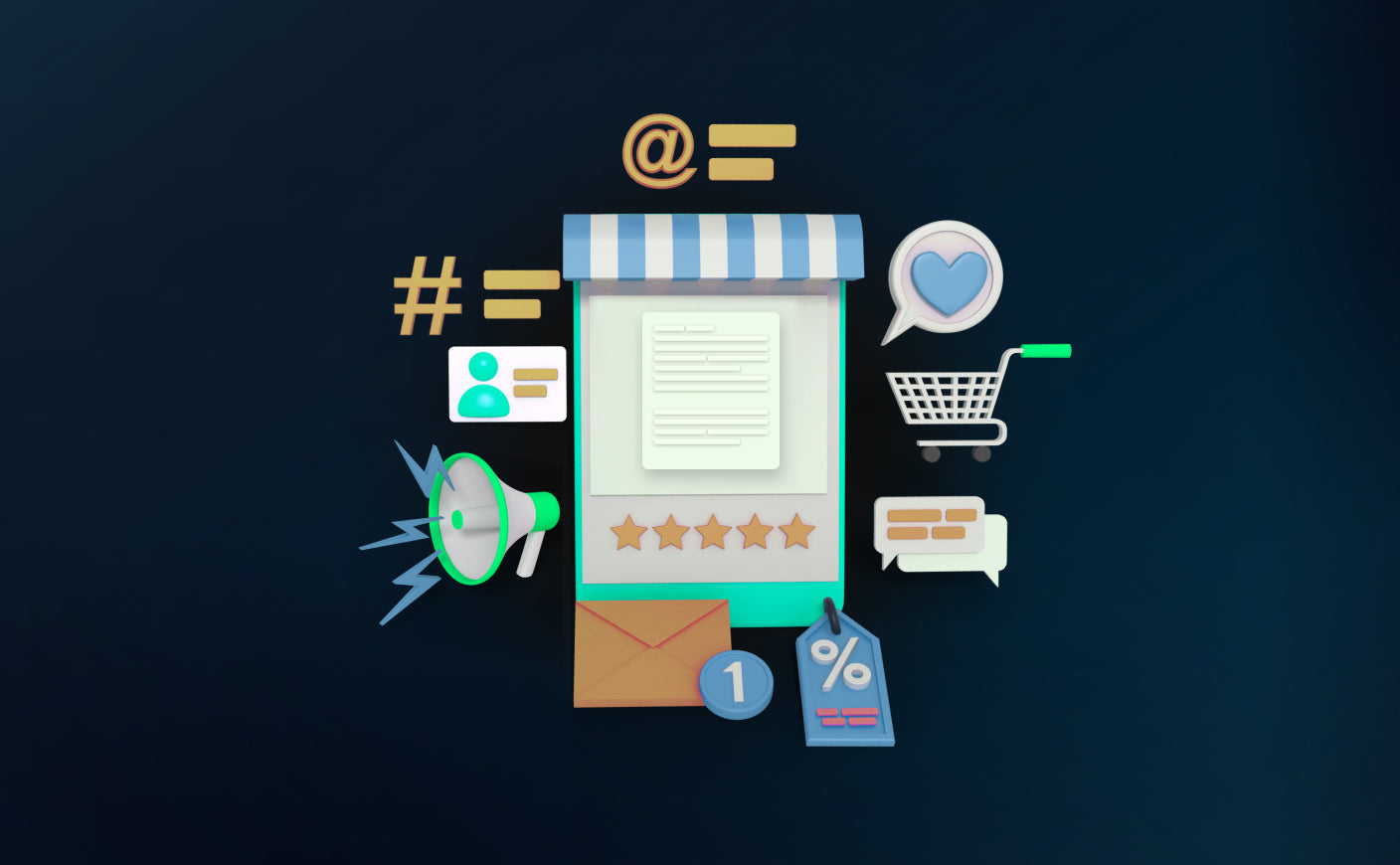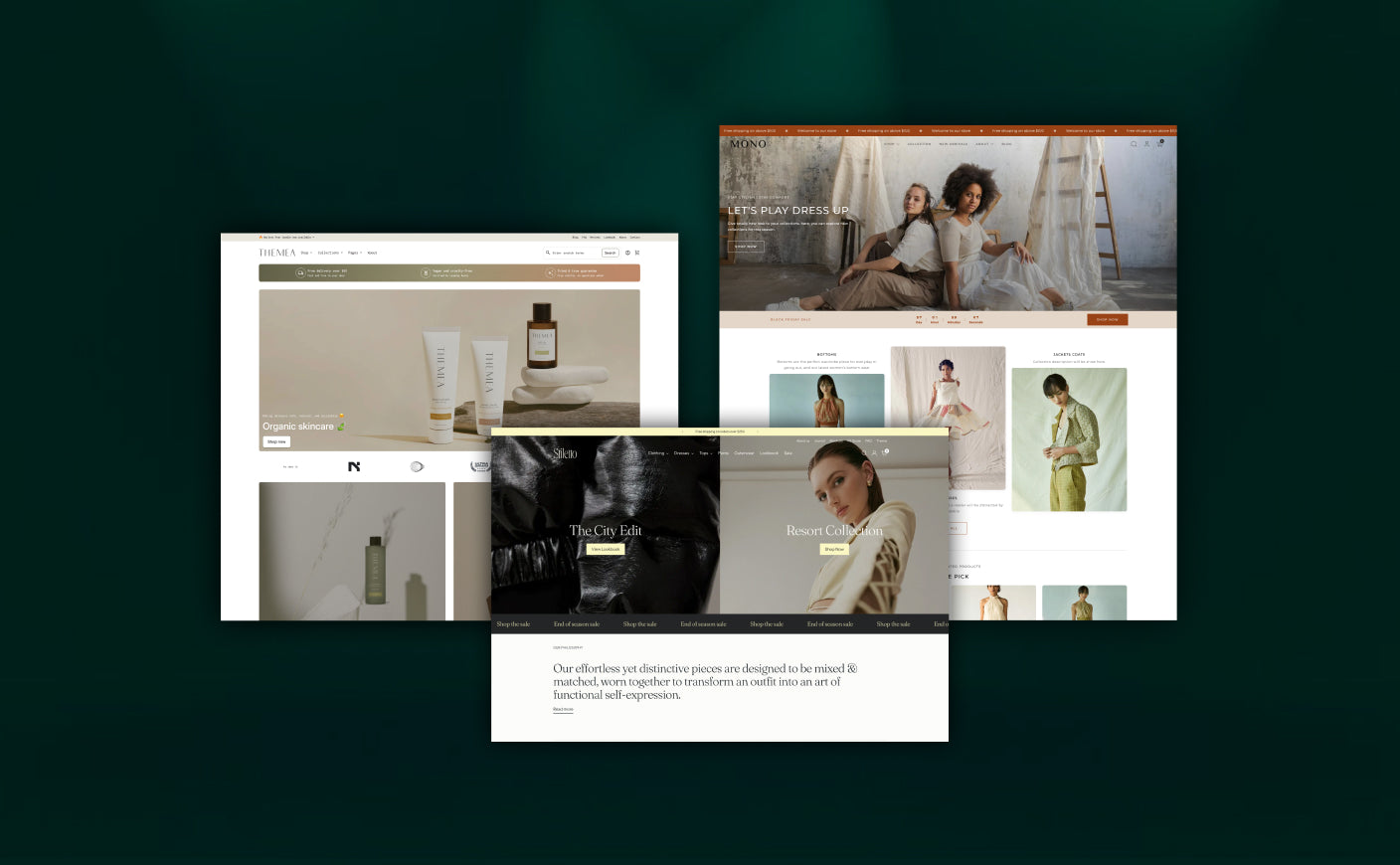How to Improve Your Service with Customer Feedback
AR vs VR in Shopify
customer feedback
shopify shopify service
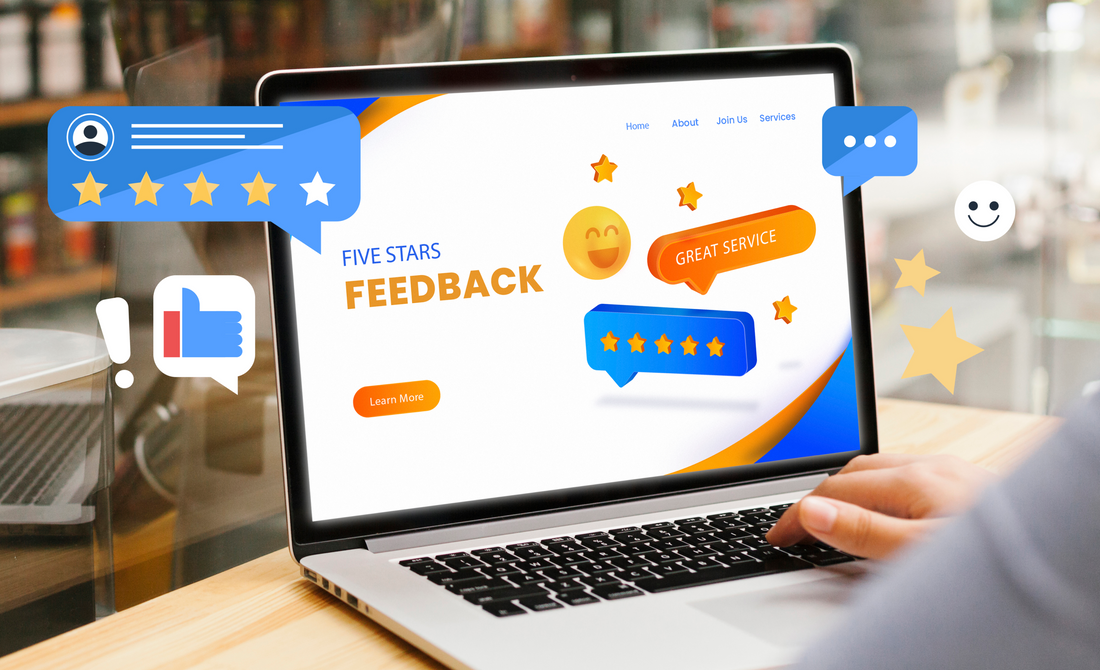
The secret sauce to taking your business from good to unforgettable lies in the voice of your customers. Customer feedback isn’t just a report card; it is a goldmine of insights waiting to transform your Shopify store.
Whether it’s glowing praise or constructive criticism, every comment tells a story about how you can serve better, smarter, and faster.
Want to know more about it?
Let’s start.
- What Do You Understand By Customer Feedback?
- Advantages of Customer Feedback For Your Business
- Frequently Asked Questions
What Do You Understand By Customer Feedback?
To put in simple words, customer feedback is the information that a user provides to a business after experiencing its product or service. This feedback is gathered through various channels like social media comments, reviews, surveys, or even direct conversations.
Feedback can be of two types:
- Positive feedback (a user sharing what they loved about your brand)
- Negative feedback (a user sharing their bad experience or giving an opinion what they didn't like)
So what do you get out of this?
You can use this to identify areas for improvement and make informed decisions to offer a better service.
Advantages of Customer Feedback For Your Business
Imagine launching a product that you are confident would impress your target market only to have it fail.
Coca-Cola experienced just that when they introduced "New Coke" in 1985. The company ignored customer preferences and replaced their beloved classic formula. Due to the quick and intense criticism, Coca-Cola Classic was brought back in a matter of months. The world learnt an important lesson from this billion-dollar error: customer input is invaluable.
Customer feedback serves as a compass for businesses, helping them make the right decisions. It reveals what customers love, what frustrates them, and what they hope to see next. Customers feel appreciated and heard when this feedback is included, thus building trust and customer loyalty.
Next we can take Airbnb as an example.
By leveraging user reviews, they’ve refined their platform to address customer pain points, from simplifying bookings to improving host accountability. This has turned first-time users into loyal customers, driving their meteoric growth.
So in brief, we can say that customer feedback can help you with:
- Improved product and services
- Enhanced customer loyalty
- Address issues before they escalate, minimizing potential damage.
- Spot emerging trends and adapt to stay ahead of competitors.
- Satisfied customers lead to repeat business
- Strong brand reputation
Ultimately, you can say that customer feedback isn’t just data—it’s a dialogue. When you listen, adapt, and act, you’re not just building a business; you’re creating lasting relationships.
How To Collect Customer Feedback From Your User?
Let’s get into the ways in which you can gather feedback from your target customers.
#1 Make Feedback Convenient with Surveys
Remember when Starbucks launched their infamous Pumpkin Spice Latte? The idea didn’t just pop out of thin air. It was based on input gathered from social media polls and basic surveys asking people about their favourite flavours.
How you can do it:
- Create brief, interesting surveys with programs like SurveyMonkey, Typeform, or Google Forms.
- Ask no more than five to seven questions.
- Incentivize participation with small rewards like discount codes or freebies.
Pro Tip: Include a one-click survey link in the footer of emails or on the page where customers check out. This guarantees a smooth feedback process.
#2 Use Live Chat for Real-Time Insights
Suppose your customer is struggling to complete a purchase. A simple "How can I help?" through live chat not only resolves their issue but also creates an opportunity for valuable feedback.
This is where companies like Zappos shine. Their customer service representatives pay close attention, address issues immediately, and integrate the knowledge gained to enhance the user experience on their website.
How you can do it:
- Include live chat features on your website, such as Zendesk or Intercom.
- Train your team to ask follow-up questions like, “What could we improve to make this process smoother?”
- Real-time feedback is highly accurate and actionable since it immediately captures the customer's problems.
Also read: A guide to Chatbot vs Conversational AI.
#3 Leverage Social Media Polls
Social media isn’t just a platform to showcase your brand; it’s a goldmine for feedback. Take Netflix as an example. They often use Twitter polls to ask their audience about show preferences, ratings, or even new feature ideas.
How you can do it:
- Make surveys to find out preferences on social media platforms like Instagram, Twitter, and LinkedIn.
- Ask fun, specific questions like, “What’s one feature you’d love to see on our app?”
- Customers find it easier to react to interactive polls, which also boost brand engagement.
#4 Conduct Interviews for In-Depth Insights
You can think of interviews to be the fine dining of consumer feedback - intimate, tailored, and extremely informative. Airbnb uses this approach brilliantly. They frequently interview hosts and guests to understand their experiences, allowing them to fine-tune their platform.
#5 Encourage Reviews And Testimonials
Reviews are like a mirror to your brand’s soul. Think about how Amazon’s entire ecosystem thrives on customer reviews. These reviews not only guide potential buyers but also provide Amazon with a treasure trove of feedback.
How you can do it:
- Include a review area on your website or on independent review sites such as Yelp, Trustpilot, or Google Reviews.
- After a purchase, encourage customers to rate their experience in a follow-up email.
- Use the reviews to highlight successful initiatives and identify areas for improvement.
#6 Gamify the Feedback Process
Do you want to make collecting input enjoyable? Gamify it! This is something Duolingo does with ease. They use playful surveys and quizzes to gather insights while making the process enjoyable for users.
How you can do it:
- Create a feedback quiz with points or rewards for completing it.
- Use quirky, fun language like, “Help us level up! Rate your experience.”
This strategy guarantees higher participation rates and gives customers a sense of involvement in the process of improvement.
#7 Monitor Online Forums and Communities
Sometimes, the best feedback comes unsolicited. Brands like LEGO keep a close eye on fan forums and Reddit threads to gather unfiltered opinions about their products.
How you can do it:
- Keep an eye on online forums relevant to your niche.
- To monitor brand mentions and discussions, use platforms such as Brand24 or Mention.
Responding promptly to forum comments indicates your concern for your consumers, even if they aren't contacting you directly.
What Are The Feedback Questions You Should Ask?
The art of gathering customer feedback lies in asking the right questions—questions that go beyond the surface and discover actionable insights.
Whether you’re running a Shopify store, a restaurant, or a tech startup, here’s how you can do it right, with examples to inspire you.
#1 “What challenge were you hoping to address with our product?”
This question digs into the why behind a customer’s decision to interact with your brand. It’s not just about what they bought but about the specific challenge they were trying to address.
For instance, early feedback on Apple's iPhone showed that consumers desired a device that integrated productivity, entertainment, and communication. This insight drove Apple’s focus on integrating smooth multitasking, which remains a hallmark of their devices today.
#2 “What Almost Stopped You From Buying?”
This question identifies friction points in the customers journey. It could be pricing, difficult navigation, or even lack of trust.
Example: A small ecommerce store noticed cart abandonment rates spiked at the payment stage. Following this inquiry, they discovered that customers were cautious because of unclear return policies. By adding a clear, no-hassle return policy banner, they increased conversions by 20%.
#3 “What Feature Do You Wish We Had?”
Your customers are often your best innovators. This question invites them to share their ideal features or services, opening doors for creative expansion.
Example: Slack, the popular communication platform, initially didn’t have video calling. Following feedback from many users, this functionality was enabled, and it changed the game by allowing Slack to directly compete with platforms like Teams and Zoom.
#4 “On a scale from 1 to 10, how likely are you to recommend our services to others?”
This Net Promoter Score (NPS) question is a gold standard in feedback collection. It gives you a quick snapshot of customer satisfaction and identifies your most loyal advocates.
Example: Airbnb uses NPS to gauge user satisfaction. Their consistent focus on customer experience, guided by this metric, has helped them refine everything from host communication tools to guest support.
#5 “Is there anything you would like to see changed about our services?”
This open-ended question provides room for candid responses. Sometimes, the most insightful feedback isn’t what you expect to hear but what you need to hear.
Example: By asking this question, a nearby gym found out that their nighttime yoga sessions were overcrowded. The addition of more sessions increased member satisfaction and retention.
Turning Feedback into Action: A Quick Guide to Analysis
Gathering customer feedback is just the beginning. To make it truly impactful, you need to analyze it thoughtfully.
Here’s how you can turn raw feedback into actionable insights:
Spot Recurring Patterns
Don’t treat feedback as isolated comments. Look for patterns in the responses. Are multiple consumers complimenting a specific feature or drawing attention to the same problem? These trends show you where you need to develop and where you are successful.
Segment the Information
Feedback is not all the same. Sort it by product usage, consumer demographics, or behaviour. You can take focused action by using this segmentation to determine which groups are doing well and which might require more attention.
Leverage Analytical Tools
Use feedback analysis tools to gain deeper insights. Software with sentiment analysis can identify emotional tones and automate data sorting, saving you time and offering clarity on customer sentiment.
Prioritize What Matters
Filter feedback through a matrix considering factors like feasibility, cost, and potential impact. Focus on the changes that will bring the greatest value to your business and customers.
Wrapping Up
Customer feedback is more than just input—it's your business's growth compass. Remember, every piece of feedback, whether glowing praise or constructive criticism, is a step closer to creating an unforgettable customer experience.
Take action, adapt, and evolve—your customers are your ultimate partners in success.
Frequently Asked Questions
What are customer feedback tools?
Customer feedback tools are platforms or software designed to collect, analyze, and manage customer insights. Popular tools like SurveyMonkey, Typeform, Zendesk, and Trustpilot help businesses gather actionable feedback, improve services, and enhance customer satisfaction efficiently.
How to track feedback?
To track feedback effectively, use tools like Google Forms, SurveyMonkey, or customer feedback platforms. Monitor social media mentions, reviews, and live chat interactions. Organize data systematically and analyze patterns regularly to identify actionable insights for continuous improvement.
What is good customer feedback?
Good customer feedback is clear, constructive, and specific. It highlights what customers appreciate about a product or service and offers suggestions for improvement. This valuable input helps businesses refine their offerings, enhance customer experiences, and build stronger relationships.
CrawlApps
At CrawlApps, we don’t just build Shopify stores—we create experiences that sell. We’re a bunch of problem-solvers who love turning ideas into stores that actually converts. Whether it’s fixing what’s broken or building something from scratch, we make sure every detail works in your favor. No fluff, no jargon—just real solutions that help your business grow. If you’re serious about Shopify, you’ll feel right at home with us.


